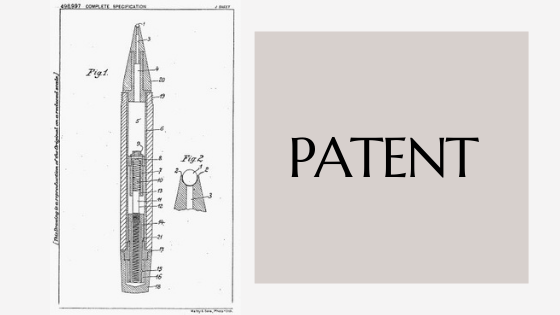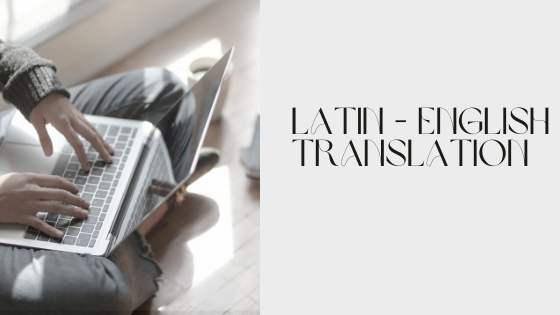Patent Drafting and Filing
It is not easy to obtain a patent from the United States Patent and Trademark Office (USPTO). Therefore, the process of properly drafting and filing a patent application is critical in regards to the ultimate disposition of the application. Every ounce of care and diligence must go into the patent drafting and the patent filing process.
Below you’ll find information regarding the drafting and filing of a patent application. You’ll also find information regarding what you should do to prepare for the patent application drafting process, what information will need to be included on the patent application, what initial steps you should take in furtherance of your patent application, the options available for filing your patent application and how you should proceed if you want to be sure to give yourself the best chance to have your application approved.
Initial Patent Application Preparation
The first step towards drafting a patent application seems quite simple, but it could be the most important step you take. You need to gather as much relevant information as possible in regards to your invention, as any or all of it could be useful when the application is drafted for review by the USPTO.
Examples of information you’ll need to gather include:
- The invention’s specifications
- The invention’s use
- The invention’s novel qualities
- The date of the invention
- Notes from your invention formulation process
- Information regarding your invention design process
- How you will use your invention in a commercial sense
Assuming you choose to work with a patent agency, such as patent service InventHelp, or an attorney, he or she will need to be able to review this information in order to properly position it in your patent application, and during this step, it’s better to err on the side of including too much information.
Prepare Your Invention’s Official Specification
You likely already have a draft of your invention’s specifications on-hand, but many times those specifications exist in the forms of loosely-gathered notes, charts and numerical equations. The specifications on a patent application must include the following information:
- A description of what the invention does
- The features that make it novel, non-obvious and useful
- The title of the invention
- The background and summary of the invention
- Descriptions and drawings or photos of the invention
- Claims

State Your Claims
The claims made on a patent application are thought by many to be the most critical aspect of the overall presentation to the USPTO. Every application must include at least one claim. The reason is that claims define, in technical and in legal terms, the extent of the protection that the invention should enjoy. These claims should be specific in nature, including the mention of what the product does, how it works and what would be constituted as an infringement should the patent be granted.
Additionally, there are two types of claims:
- Independent claims – These are claims that stand on their own and should be largely self-explanatory in nature.
- Dependent claims – These are more complicated, and they depend on either another dependent claim or on an independent claim. They are sometimes difficult to understand, which is why a professional should be involved in the drafting of claims.
The Oath
Signing the oath on the application is a relatively simple process, but it must be done in the presence of a notary so that the USPTO can assume that the application should be given the same weight as testimony in court.
Complete the Application Data Sheet
This is another relatively simple document, and it’s intended to gather basic information about the invention and biographical information for the inventor who is submitting the application. This information is used when the application is entered into the USPTO’s database.
Filing a Patent Application
Filing a patent application is also relatively simple. You can either send the application to the USPTO or you can file it electronically. Regardless of how you do this, the date you file is important, as it could determine whether you or someone else who claims to have the same invention is granted the patent based on the ‘first to file’ standard.
Summary
Drafting a patent application is a complicated and meticulous process, and you should start by gathering all relevant information regarding your invention, compiling a thorough specifications breakdown of your invention, state your claims properly, complete the oath and complete the date sheet. You can file the application either via mail or electronically, but in order to make sure you avoid unnecessary mistakes, contact the patent invention InventHelp offices today to schedule an initial consultation.

